Government Initiatives and Funding
Government initiatives aimed at improving healthcare infrastructure in South America significantly influence the neurorehabilitation gaming-systems market. Various countries in the region are increasing their healthcare budgets, with some allocating up to 10% of their GDP to health services. This funding often includes investments in advanced rehabilitation technologies. As governments recognize the importance of rehabilitation in improving quality of life for patients with neurological conditions, they are likely to support the integration of gaming systems into rehabilitation programs. Such initiatives not only enhance accessibility but also promote the adoption of innovative solutions within the neurorehabilitation gaming-systems market.
Increased Focus on Patient-Centric Care
The shift towards patient-centric care in South America is influencing the neurorehabilitation gaming-systems market. Healthcare providers are increasingly recognizing the importance of tailoring rehabilitation programs to meet individual patient needs and preferences. This approach not only enhances patient satisfaction but also improves adherence to rehabilitation protocols. The integration of gaming systems into therapy allows for a more personalized experience, as patients can engage with content that resonates with them. As the healthcare landscape continues to evolve towards patient-centered models, the neurorehabilitation gaming-systems market is likely to see increased adoption and investment in these innovative solutions.
Rising Incidence of Neurological Disorders
The increasing prevalence of neurological disorders in South America is a primary driver for the neurorehabilitation gaming-systems market. Conditions such as stroke, traumatic brain injuries, and neurodegenerative diseases are becoming more common, necessitating effective rehabilitation solutions. According to health statistics, the incidence of stroke in South America is estimated to be around 100-150 cases per 100,000 individuals annually. This growing patient population creates a demand for innovative rehabilitation methods, including gaming systems that can enhance recovery outcomes. The neurorehabilitation gaming-systems market is thus positioned to address these needs, offering engaging and interactive solutions that can improve patient motivation and adherence to therapy.
Growing Awareness of Rehabilitation Benefits
There is a growing awareness of the benefits of rehabilitation among healthcare professionals and patients in South America. This awareness is driving demand for effective rehabilitation solutions, including neurorehabilitation gaming systems. Educational campaigns and professional training programs are increasingly highlighting the importance of early intervention and continuous rehabilitation for neurological patients. As a result, healthcare providers are more inclined to incorporate innovative solutions into their practices. The neurorehabilitation gaming-systems market stands to benefit from this trend, as more practitioners seek to implement engaging and effective rehabilitation tools that can lead to better patient outcomes.
Technological Advancements in Gaming Systems
Technological advancements in gaming systems are propelling the neurorehabilitation gaming-systems market forward. Innovations such as motion tracking, haptic feedback, and artificial intelligence are being integrated into rehabilitation games, making them more effective and engaging. The market is witnessing a shift towards more sophisticated systems that can adapt to individual patient needs, potentially improving recovery rates. For instance, the introduction of AI-driven analytics allows for personalized therapy plans, which can enhance patient outcomes. As these technologies continue to evolve, they are likely to attract more investment and interest in the neurorehabilitation gaming-systems market.


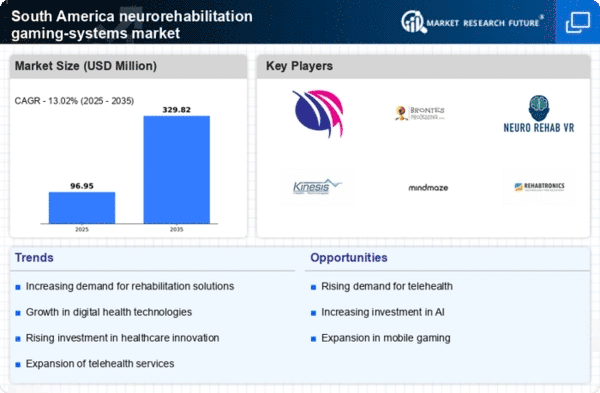
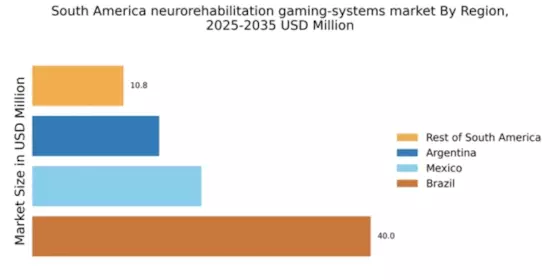
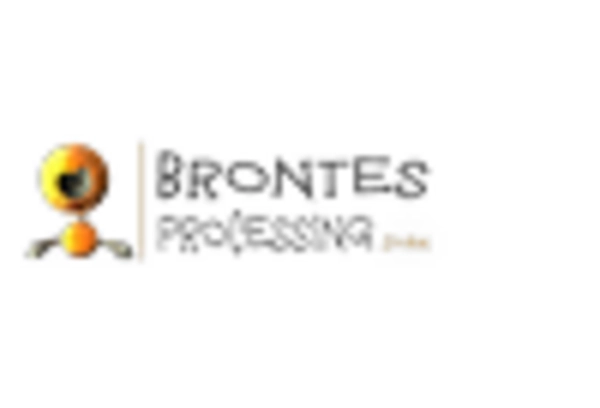
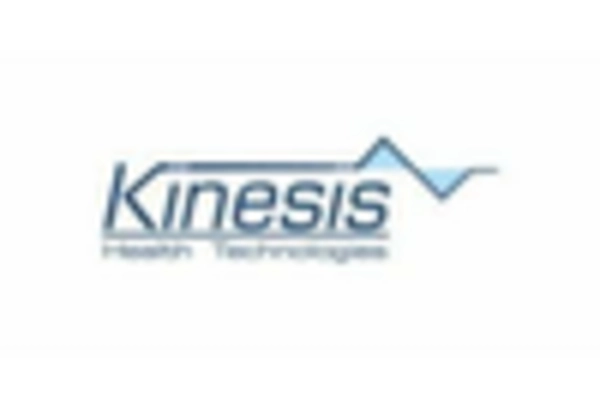
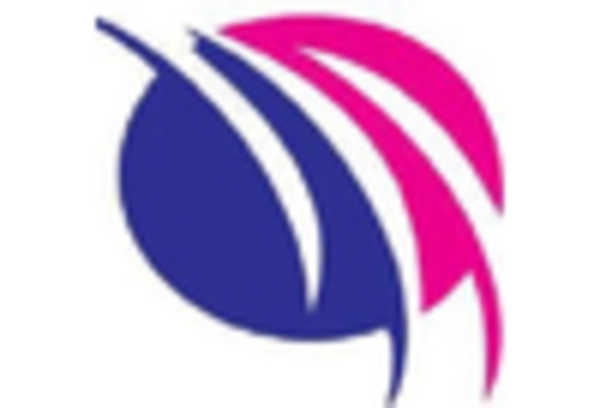
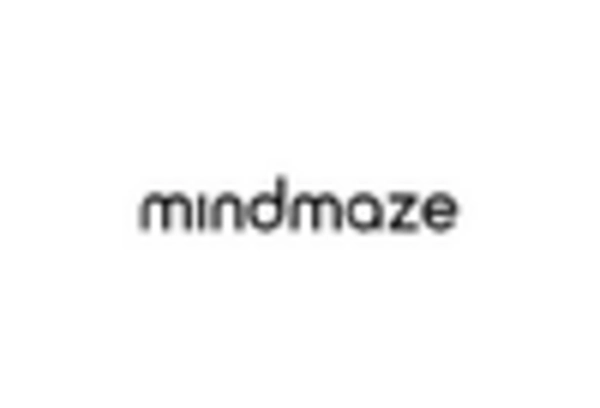
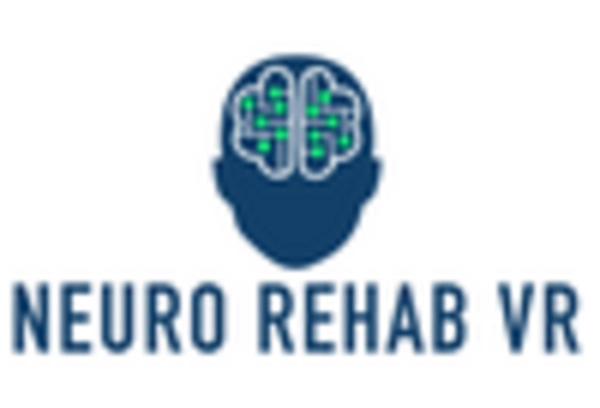
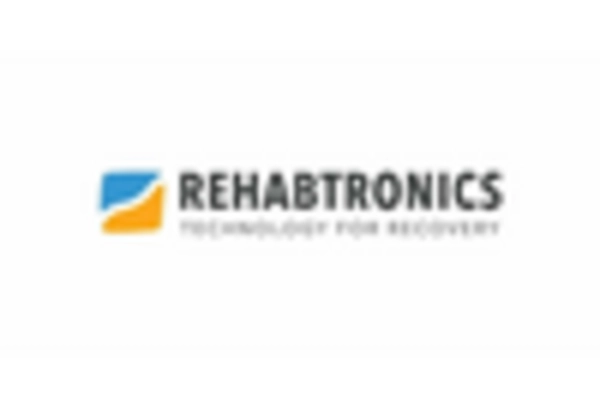








Leave a Comment